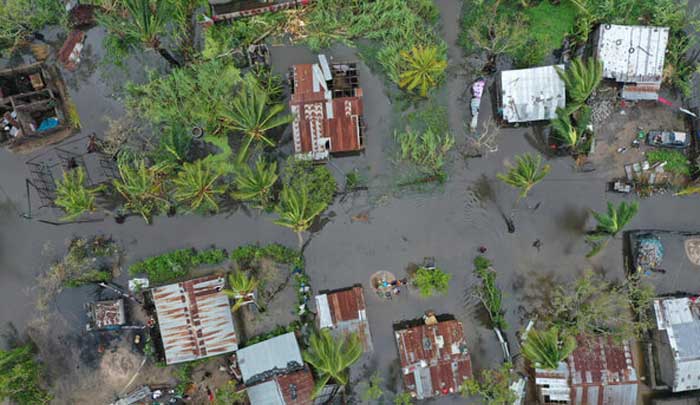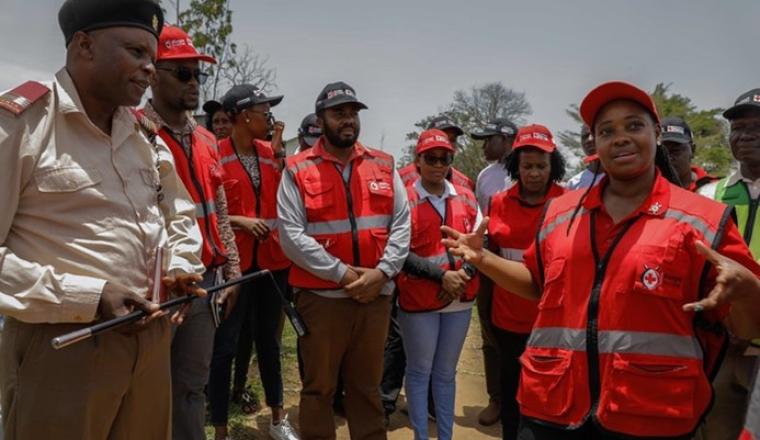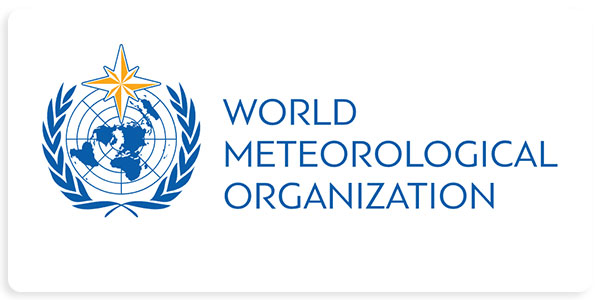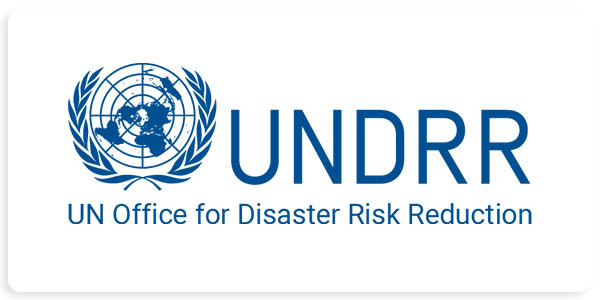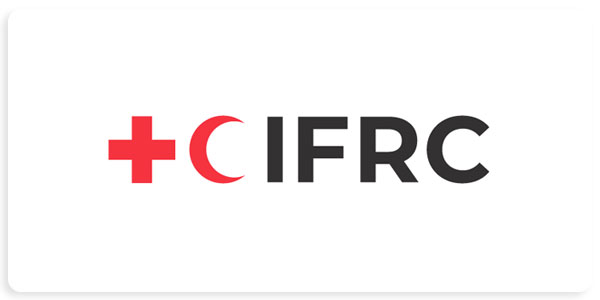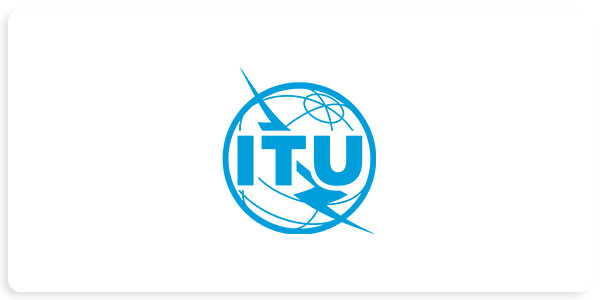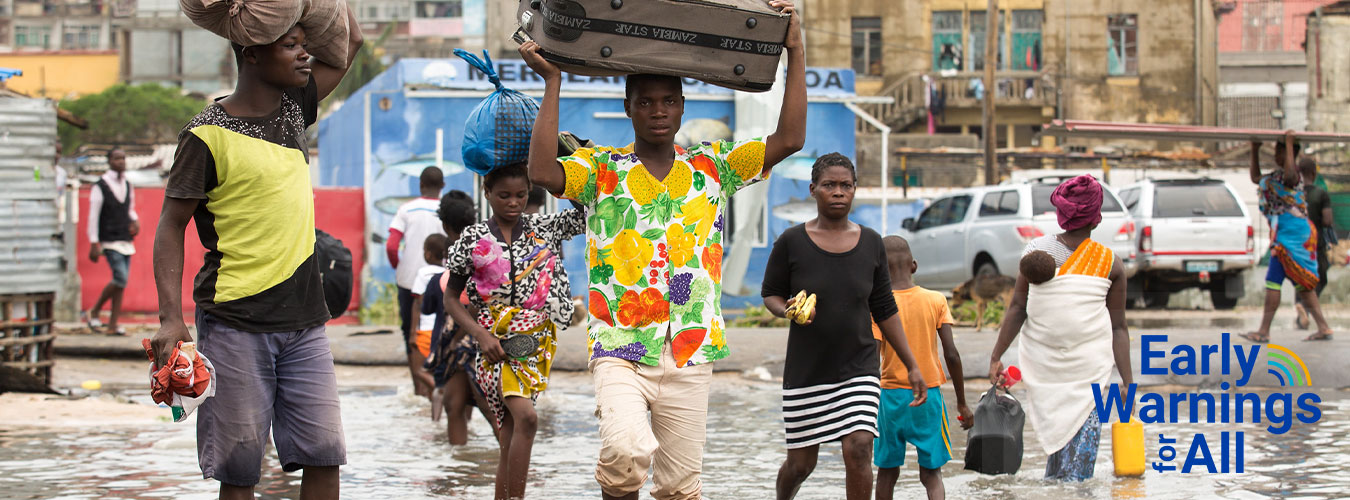
Early Warnings for All is a groundbreaking initiative to ensure that everyone on Earth is protected from hazardous weather, water, or climate events through life-saving early warning systems by the end of 2027.
With human-induced climate change leading to more extreme weather conditions, the need for early warning systems is more crucial than ever. Systems that warn people of impending storms, floods or droughts are not a luxury but a cost-effective tool that saves lives, reduces economic losses, and provides a nearly tenfold return on investment.
Early warning systems have helped decrease the number of deaths and have reduced losses and damages resulting from hazardous weather, water or climate events. But major gaps still exist, especially in small island developing states and least developed countries.
The United Nations Secretary-General, António Guterres, in 2022 called for a global effort to ensure that early warning systems protect everyone on Earth by 2027.
Early Warnings for All:
Executive Action Plan 2023-2027
“The facts are clear. Early warnings save lives and deliver vast financial benefits. I urge all governments, financial institutions and civil society to support this effort.” – UN Secretary-General António Guterres
The Action Plan calls for investments of US$ 3.1 billion over five years – just 50 cents per person per year – to strengthen disaster risk knowledge and management, observation and forecasting, dissemination and communication of warnings, and preparedness and response capabilities.
It leverages existing pooled funding mechanisms, such as the Climate Risk and Early Warning Systems initiative and the Systematic Observations Financing Facility, as well as global multilateral funds including the Green Climate Fund and the development banks.
As part of the UN Secretary-General’s Acceleration Agenda, the Early Warnings for All initiative is a key contribution to delivering climate justice to those at the frontlines of the climate crisis. It aligns with the priorities of the Paris Agreement and supports key provisions of the Sendai Framework for Disaster Risk Reduction, particularly Target G on availability and accessibility of multi-hazard early warning systems. It also contributes to delivering the targets of the 2030 Agenda for Sustainable Development on poverty, hunger, health, water, clean energy, climate action and sustainable cities.
Early warning systems work. They must work for everyone.
Challenge
Despite the urgent need, only half of the countries worldwide report having adequate multi-hazard early warning systems. And even fewer have regulatory frameworks that connect early warnings to emergency and response plans. There also are big gaps in the global observing system required to generate forecasts.
Climate, weather and water-related extremes have led to 15 times more deadly hazards for people in Africa, South Asia, South and Central America, and small island states. Vulnerable, least-developed countries that have not contributed significantly to the climate crisis are bearing the brunt. Over the last 50 years, nearly 70 per cent of all deaths from climate-related disasters have occurred in the 46 poorest countries.
Today, one third of the world’s people, mainly in least developed countries and small island developing states, are still not covered by early warning systems... This is unacceptable, particularly with climate impacts sure to get even worse. Early warnings and action save lives. To that end, today I announce the United Nations will spearhead new action to ensure every person on Earth is protected by early warning systems within five years.”
UN Secretary-General António Guterres on World Meteorological Day 23 March 2022
Solution
Early warning systems have proven to be a cost-effective and reliable solution to protect lives and livelihoods from natural hazards such as floods, heatwaves, storms and tsunamis. The Global Status Report (2022) reveals that countries with substantive-to-comprehensive early warnings coverage have disaster mortality eight times lower than countries with limited coverage. According to the Global Commission on Adaptation, giving just 24 hours’ notice of an impending hazardous event can reduce damage by 30 per cent. Investing just US$800 million in such systems in developing countries would prevent losses of $3 to $16 billion annually.
With 95 per cent of the world's population having access to mobile broadband networks and nearly 75 per cent owning a mobile phone, mobile networks have become powerful communication channels that can effectively target those in at-risk areas.
The Early Warnings for All initiative brings together the broader UN system, governments, civil society and development partners across the public and private sectors to enhance collaboration and accelerated action to address gaps and deliver people-centered, end-to-end multi-hazard early warning systems that leave no one behind.
Through coordination and collaboration, the initiative aims to build on and scale up existing efforts and capacities, promoting synergies among initiatives and partnerships across sectors.
Partners
The Early Warnings for All initiative is co-led by the World Meteorological Organization (WMO) and the United Nations Office for Disaster Risk Reduction (UNDRR), with support from the International Telecommunication Union (ITU), the International Federation of Red Cross and Red Crescent Societies (IFRC) and other partners. The initiative is also engaging development partners through existing partnerships and coalitions such as the Alliance for Hydromet Development, the Risk-informed Early Action Partnership and other regional partnerships and alliances.
The Early Warnings for All initiative is built on four pillars to deliver effective and inclusive multi-hazard early warning systems.
The Four Pillars:
Disaster risk knowledge and management
Ensuring all countries have access to reliable, understandable and relevant risk information, science and expertise (led by UNDRR).
Detection, observation, monitoring, analysis,
and forecasting
Ensuring all countries have robust forecast and monitoring systems (both soft and hardware infrastructure) and enabling policies to support optimization and sustainability of hazard monitoring and early warning systems (led by WMO).
Warning dissemination and communication
Using a people-centered approach to ensure that early warnings are effectively and timely disseminated to reach everyone, especially those most at risk (led by ITU).
Preparedness and response capabilities
Ensuring local governments, communities and individuals at risk have the knowledge and means to take pre-emptive early actions to prepare for and respond to incoming disasters upon receiving warnings (led by IFRC).
Advisory Panel
To ensure progress and the continued strategic alignment of activities with implementing bodies, the UN Secretary-General created the Early Warnings for All Advisory Panel, co-chaired by the Executive Heads of WMO and UNDRR, for the duration of the Initiative. The Advisory Panel consists of the Heads of a multitude of UN organizations, the private sector, civil society and UN Member States. Meetings of the Advisory Panel occur biannually, and the Panel prepares an annual progress report to the Secretary-General on the status of the Initiative’s activities. A list of members of the Advisory Panel is available here.
Videos
Global status of multi-hazard early warning systems 2023
The 2023 Global Status of Multi-Hazard Early Warning Systems report, analyses the latest data one year into the Early Warnings for All Initiative. Its findings reveal that 101 countries have reported having an early warning system, representing a doubling of coverage since 2015.
Early Warnings for All
The "Early Warnings for All" initiative is a groundbreaking effort to ensure everyone on Earth is protected from hazardous weather, water, or climate events through life-saving early warning systems by the end of 2027.
Early Warning Systems: A Fundamental Human Right
With more extreme weather conditions causing displacement, death and devastation around the world, Early Warning Systems are becoming essential to saving.
Pillar Leads



